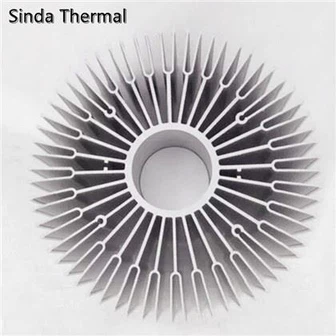Thermal design of military electronic device
With the rapid development of science and technology, the electronic equipment involved in the field of national defense and military equipment is becoming more and more complex, cutting-edge and intelligent.
At the same time, due to the requirements of military applications for product miniaturization, lightweight, customization and high reliability, engineers are faced with a series of challenges in the design process, such as millimeter wave electromagnetic compatibility, cooling and heat dissipation under high heat flux, sealing in harsh environment and so on.

Complex operation environment:
Altitude, high temperature, low temperature, humidity, temperature shock, solar thermal radiation, shock vibration, ice, various harsh environments (fungi, desert, dust, soot, etc.) all have different degrees of impact on its thermal design.
Large data processing and high calorific value:
Due to the nature of military tasks, these electronic products are bound to bear a large amount of data processing. At the same time, they require a faster data processing speed, which is correspondingly low, and the heat consumption of electronic products will increase sharply.
Therefore, the thermal management of electronic products in national defense industry is facing great challenges due to bad environmental conditions and rapidly increasing chip power consumption.
Lightweight and high reliability increase the difficulty :
The lighter the weight, the longer the continuous working time of the product and the lower the cost. The electronic products can be used continuously and stably in a harsh thermal environment depands on the thermal reliability.
Thermal design of military device:
Since the high heat consumption and poor working environment of military electronic products, chips usually show higher heat flow. Similar to other electronic products, they must have a good cooling system, in which the requirements of equipment working space size, weight, heat consumption, electromagnetic shielding and so on must be considered.

Such as using substrate material with high thermal conductivity, VC temperature equalizing plate, heat pipe, TEC embedded in chip die, jet cooling or direct immersion liquid cooling, the heat can be transmitted to the liquid and then to the heat exchanger of the liquid cooling system.
In the near future, more heat dissipation materials with higher thermal conductivity and better processing performance will come out, so that they can not only meet the heat dissipation of military electronic products and provide guarantee and protection for the normal operation of military electronic equipment, but also widely promote the thermal control market for civil high-end equipment and promote the integration of military and civilian technologies.






